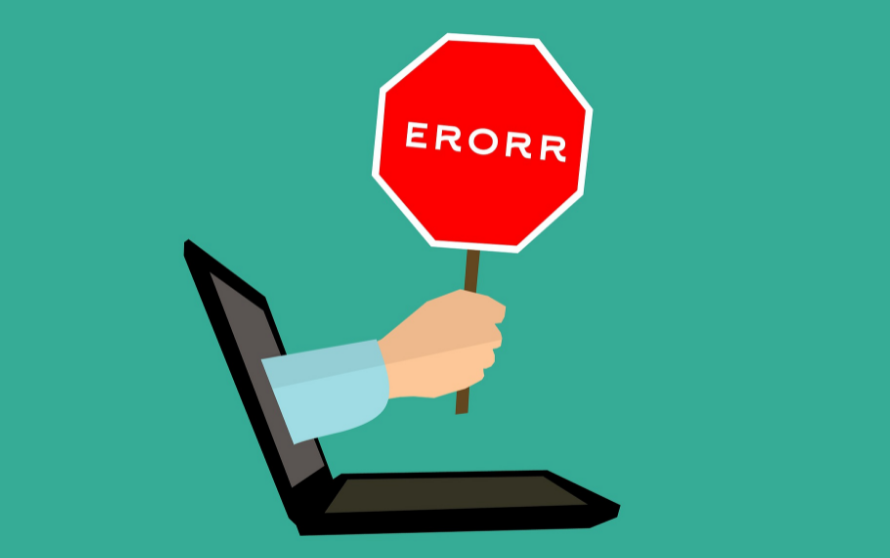
Use this Time as Preparation, There’s No Rest Post-Recession!
FMI has released its 2019 U.S. and Canada Construction Outlooks. The report contains a considerable amount of valuable information, but one topic is forefront: be prepared for the next recession. Today I’ll touch on steps outlined by FMI as well as NCS best practices you can implement to ensure you are prepared for the next economic downturn.
Awesome T-Shirt: “Keep Calm, Stay Focused and Get Ahead of the Next Downturn”
I’m going to emboss it & stick it to my computer as a reminder! The introduction to FMI’s outlook article is titled “Keep Calm, Stay Focused and Get Ahead of the Next Downturn.” Yes, I think it would be a great t-shirt, but more importantly, it’s a reminder that you have an opportunity to ensure you have the working capital and business model to make it through the next downturn.
What did we learn during the Great Recession? Hopefully you learned the value in proactively securing receivables! During the Great Recession, you likely experienced supply chain disruptions, slow pay/no pay customers, depleted liquidity or cash flow issues, and even customer insolvency. What have you done to prevent these experiences going forward?
FMI recommends addressing these 7 hurdles now:
1. Evaluate underperforming departments and employees. If you have been dragging your feet on eliminating a low performing division or a poor performing employee, now is the time to have the conversations. You don’t want this hanging over the business during tough economic times. FMI says, “During the last recession, these types of issues plagued E&C companies for far too long. Leadership that is slow to react and respond can make or break a company.”
2. Be selective in new projects. Select projects within your core competencies. FMI has a saying: “Contractors don’t starve to death; they die from gluttony. They get too much work, too fast, with inadequate resources, and then they get into financial trouble and run out of cash.”
3. Look at the big picture and have a strategy in place. “Living in a reactive mode and not being proactive and taking charge of shaping your own destiny and future can become your biggest detriments.”
I will come back to 4 & 5. Let’s jump to 6 & 7: get your sales game on!
6. & 7. Strengthen existing client relationships, build new relationships, and get your sales folks prepared.
“…educate your people on “how to behave in a recession”—estimators with project selection, field managers with scope management, PMs with cash management, etc. Client interaction across all company levels will increase your presence with clients, give you an inside track and improve collaboration among future leaders.”
4. Know your costs and plan accordingly. “Understanding the total costs for each project and how these costs break down is the first step in knowing where and how you can improve profit margins.”
5. Cash is King! “Conduct a risk analysis on all existing projects slated to complete more than six months out. Identify high-risk projects and how each will be staffed to take to project completion. Leverage and utilize a multiskilled workforce: In-house, self-perform capabilities can mean a difference on margins, time and manpower, while all-around adaptability can make a firm indispensable to satisfied clients.”
And this is where the NCS best practice fits in: implement a UCC and Mechanic’s Lien process.
Supply goods? Renting equipment?
File a UCC, even if it’s “a good, longtime customer” because absolutely no one is safe from insolvency. A properly perfected security interest affords you crucial leverage if your customer defaults, plus, it puts you at the front of the payment line in the event of bankruptcy.
Furnishing to a construction project?
Serve a preliminary notice. Every. Time. The notice is critical when pursuing a mechanic’s lien or bond claim. Many states require the service of a notice in order to proceed with a lien or bond claim. If you fail to serve a notice and you can’t file a lien, you have lost the leverage the law affords – is that a risk you want to take?
Ensuring the process is in place now helps to normalize the process for your internal customers (sales & credit) and your external customers. This is big: NORMALIZE.
UCCs and mechanic’s liens are not to be feared. It is a business practice used by millions and it can be vital to your working capital and subsequent business survival.
Implementing the process now, when economic times are great, helps put a positive spin on UCCs and mechanic’s liens.
It gives you an opportunity to demonstrate to your customers that there is no harm in either process, because everyone is getting paid & happy. Then, when the next downturn comes around, you will spend less time scrambling to secure these rights and battling upset customers – “Why did you send me this prelien notice?!?!” – and more time increasing your sales and, in turn, your working capital.










